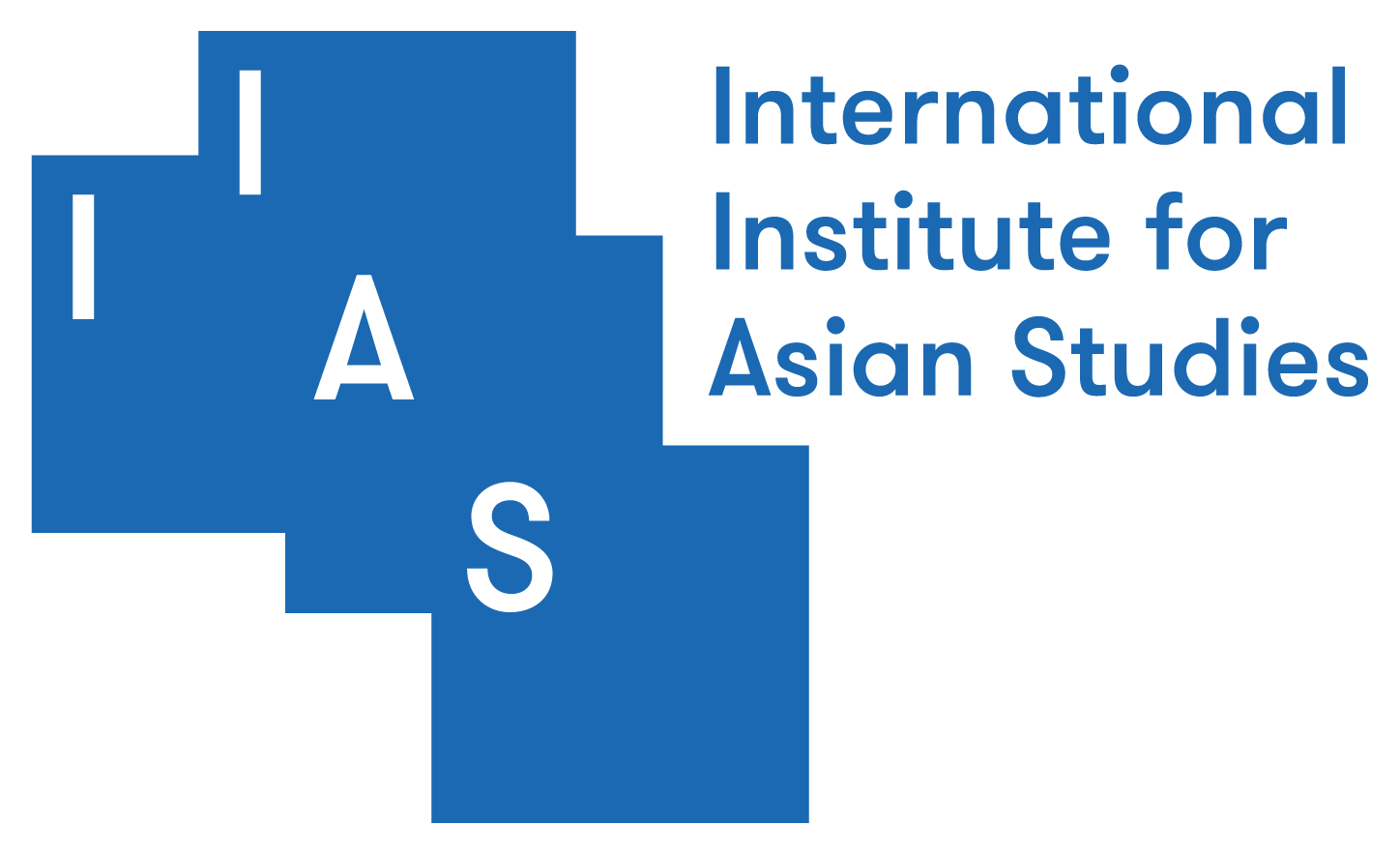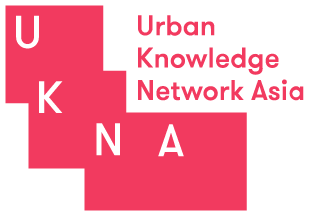Aspirational Infrastructure Research: Mobilities, Airports, Place (AIR-MAP)
AIR-MAP is an interdisciplinary symposium examining the politics, imaginaries, and contestations of airports in the Global South.
Interested scholars, activists, and practitioners can submit a brief abstract no later than February 7, 2024. See the [Call for Abstracts] tab below for instructions.
Extending conversations begun in 2019 at UKNA’s “Ambivalent Infrastructures” event, this AIR-MAP event aims to decenter existing “infrastructure” studies by attending to massive (and lesser-researched) aviation hubs of the Global South – whether planned or constructed, merely imagined or already operational. Jointly organized by Academy of Mobility Humanities (Konkuk University, South Korea), IDE-Jetro (Japan), the National University of Singapore, and the International Institute for Asian Studies, the event will be nested within the 5th annual Global Mobility Humanities Conference (GMHC) in Seoul, South Korea. Taking place from October 24-26, the 2024 GMHC (“Mobilities, Aspirations and Affective Futures”) offers an ideal forum in which to discuss the multiple intersections of the humanities with mobilities research.
Thanks to sponsorship from our organizing partners, some financial support for participants is available, especially for participants from the Global South and early career researchers. Please indicate in your submission whether your participation is contingent on funding. Presented papers will be extensively discussed and workshopped, and a selection of the papers will be subsequently considered for inclusion in an edited volume. Interested scholars, activists, and practitioners can submit a brief abstract (<250 words) no later than February 7, 2024 via the form below. For questions please send an email to Dr Benjamin Linder (b.linder@iias.nl) at the International Institute for Asian Studies, Leiden University.
Recent decades have witnessed a burgeoning of research examining air travel, airport spaces, and the affective experience of aviation (e.g., Adey 2010; Adey, Budd, and Hubbard 2007; Cwerner 2009; Elliott and Radford 2015). This emerged in tandem with the broader intellectual shift toward questions of multi-scalar (im)mobilities (Sheller and Urry 2006). Within these literatures, airports have been conceptualized in a variety of ways—from enclosed micro-cities unto themselves to symbolic interfaces between different scalar territories (e.g., the nation, the region), from entry points into the rest of the world to nodes in an exclusionary network of the hyper-mobile elite. Yet much of this work remains tethered to prominent airports of wealthy global cities. Moreover, such work is often conducted by researchers and institutions based in the Global North. However, “peripheral” parts of Asia, Africa, and South America have increasingly pursued airport mega-projects, often within the funding and planning regimes dictated by wealthier countries. AIR-MAP seeks to redress these imbalances by shifting attention towards ambitious airport developments across the Global South, and by exploring the theoretical remit of aspiration and futurity in broader debates on affect and mobilities beyond the Global North.
Exploring the Cultural and Spatial Production of Airports
AIR-MAP’s approach to airport development coalesces around four intertwined pillars, each corresponding to a temporal phase in the social life of infrastructure mega-projects:
- Airborne Dreams: Imaginaries of Aviation
This theme focuses on the anticipatory, aspirational promise of constructing “major” airports in “marginal” sites. Even before their actual construction, airports are often imbued with divergent cultural imaginaries, or what Harvey and Knox (2012) call the “enchantments” of infrastructure. Others have similarly highlighted “worlding” processes in Asia, or the practices and discourses through which cities aspire towards global significance by forging new networks of inter-referentiality, connections, and urban knowledges (Roy and Ong 2011). Constructing mega-projects is one prominent “worlding” strategy, particularly in non-Western cities (e.g., Adama 2018; Ren 2017). Thus, airports frequently become an aspirational symbol, affectively tethered to processes of modernization and development. - Financing Aspirational Infrastructures: Geopolitics and Debt
Infrastructural mega-projects bring with them complicated funding schemes of varying terms, structures, and durations. In the Global South, financing frequently comes from abroad (e.g., foreign governments or private banks). This pattern raises critical questions about sovereignty, geopolitical leverage, national debt, and persistent global inequalities. For this theme, we welcome papers that engage with the financing of airport development, whether through particular case studies, comparative investigations, or larger economic analyses. - The Politics of Airports: Displacements, Ecologies, and Impacts
At the same time, ambitious airport developments require substantial allocations of financial resources, labor, and land. For many in the Global South, especially in impacted communities, airports are something to be feared rather than welcomed. They carry the threat of displacement, ecological degradation, political corruption, and more. In this theme, we seek research that explores the multivalent politics of airports, particularly from teams focused on grassroots resistance, spatial justice, and cultural activism. - Emerging Cartographies: Cities and Regions
Once operational, airports radically transform the urban, regional, and national milieus within which they function. A variety of terms have been proposed to capture facets of the (dis)connections between an aviation hub and its surrounding territory: aviopolis (Fuller and Harley 2004), aeroptropolis (Kasarda and Lindsay 2011), and airport city (Appold and Kasarda 2013; Yun 2015). The central challenge is to conceptualize the reorganizations of urban, economic, and regional geography wrought by ambitious airport developments: the construction of secondary infrastructures to service the airports; the catalyzation of investments and economic opportunity; the challenges posed to traditional livelihoods and the threat to other economic sectors; and the transformation of extant mobilitity patterns, from incoming foreign tourists to outbound labor migrants. For this theme, we seek contributions exploring the material and social impacts that airports bring to the (urban and rural) landscapes that surround them.



